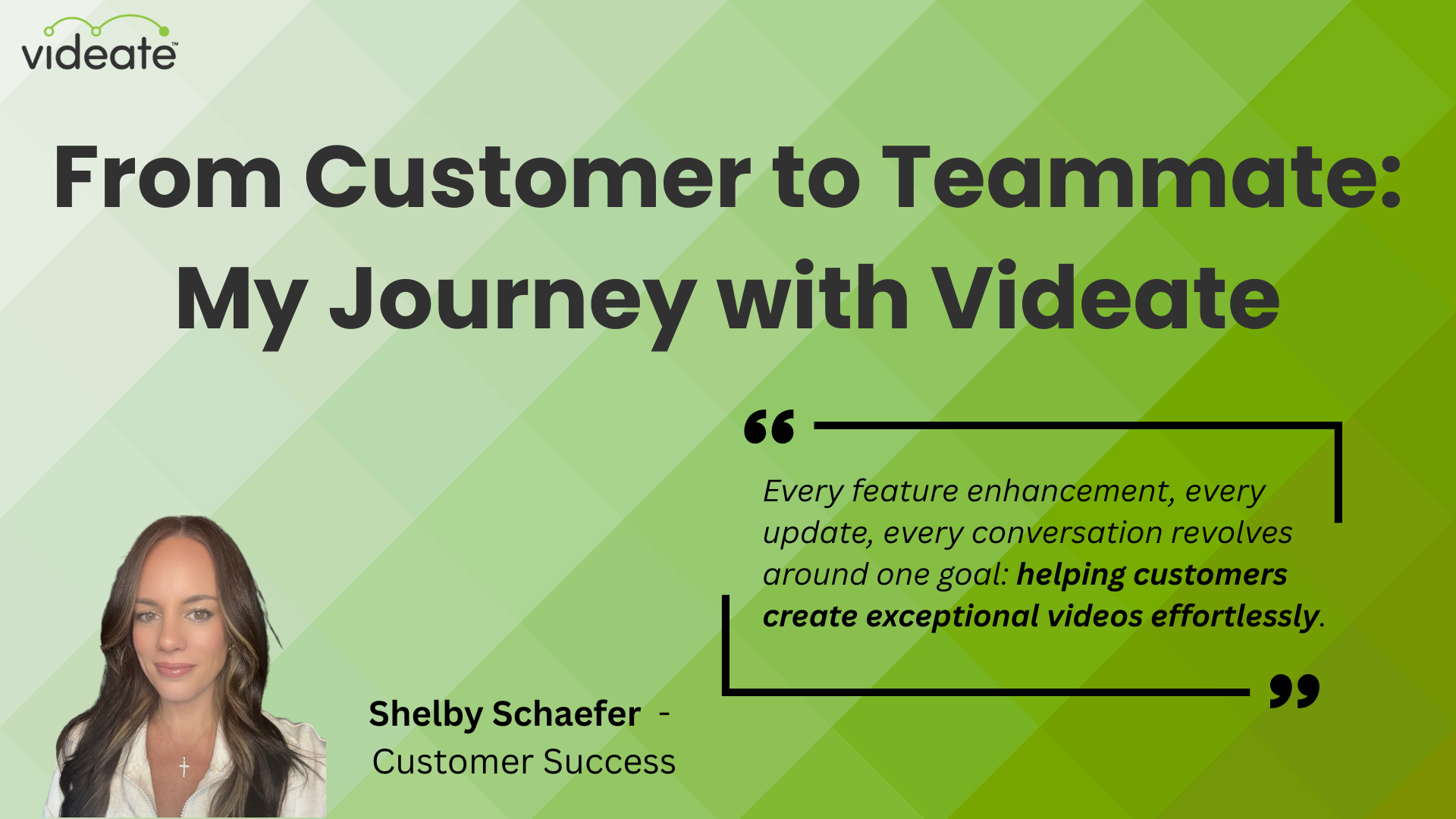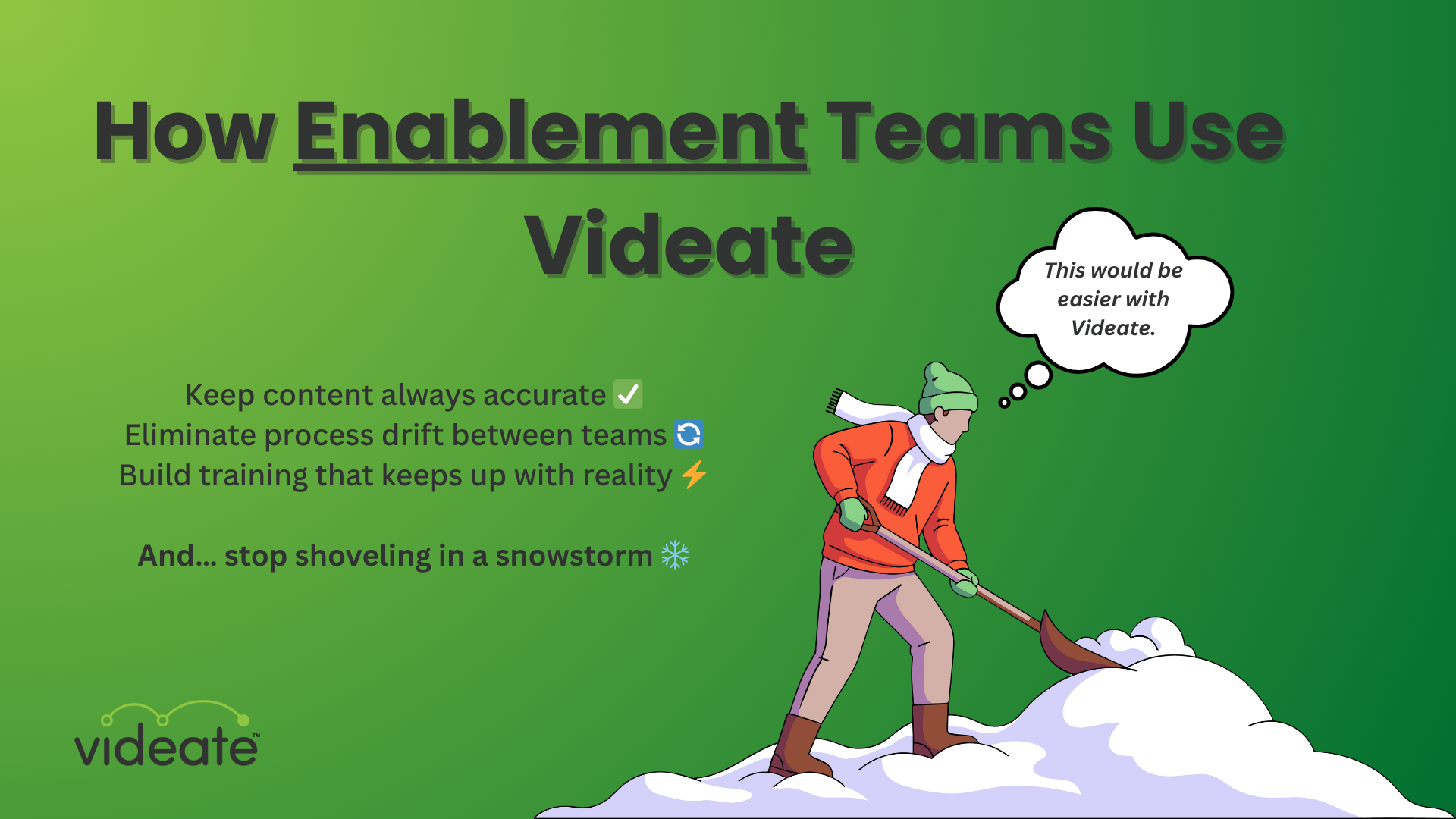
Companies are obsessed with customer satisfaction. We’ve got NPS scores, feedback surveys, and more all geared to measure customer satisfaction.
But there’s one big problem.
Customer satisfaction has ZERO impact on whether customers churn!
“Churn Doctor” Greg Daines, CEO of ChurnRX, revealed this shocking fact in our recent podcast episode:
"We have all this data. And so we could finally ask the question: Do customers who give a high score stay longer than customers who give a low score? … No, there's literally no correlation whatsoever between how satisfied customers say they are and how long they stay.
And that's just like a bomb blowing up our whole basic theory of why companies succeed. If it's not that, what could it be? It's gotta be something, right?"
The myth of customer satisfaction
For decades, businesses have operated under the assumption that satisfied customers are more likely to be loyal customers.
However, when Daines and his team conducted research around customer satisfaction and its correlation to customer retention, they found something really interesting.
But first, they had to shift their entire perspective– with the help of machine learning to analyze the data.
"Instead of asking, ‘why did customers leave?’ We shifted our whole way of thinking to ‘Why do customers stay?’ Because, it turned out, if you ask customers why they leave, they give you lots of answers… But if you look at why they stay? You actually come up with just a few things.
There are not a lot of reasons customers stay. There are endless reasons why they leave, but not a lot of reasons why they stay…Machine learning sort of led us down this path.”
Once they started asking the right question, the answer became clear.
Measurable results are the real driver of customer retention
"It turns out there's one factor that is, by far and away, the best predictor of long term customer attention… And that is customer results.”
That’s right, customer results. Not customer satisfaction!
As Daines goes on to explain, you’d think that fact would be obvious. Customers aren’t buying your software for the fun of it. They’re buying because they have a need and your software is supposed to be the solution.
So if your product actually does solve the problem, and provides measurable results, there’s no reason for them to churn.
But it goes even deeper than that. According to Daines, it doesn't even matter whether the results are good or not, the fact that they’re getting measurable results is what matters. Even customers who got bad outcomes stayed:
“We looked at customers who got bad results. Terrible results. It turns out, customers who are measuring even if they got bad results stay twice as long as customers who weren't measuring– and the customers who aren't measuring? Some of them are actually getting (good) results!”
So it’s the measuring that matters for customer retention.
Of course, if you want customers to stay for the long haul, those results do need to be good!
Daines’ analysis showed that customers who measure results will stay 2x as long as those who don’t, but they’ll stay 6x as long if those results are good. “Maybe not even phenomenal. Just good," he says, "just the kind of results you expected when you signed up."
How to implement a results-focused strategy that improves customer retention
Shifting the focus from customer satisfaction to measurable results are the key to improving retention rates. Companies must prioritize delivering tangible outcomes for their customers. And again– they don’t even have to be good outcomes! Just tangible!
To successfully implement a results-oriented approach to customer retention, businesses can follow several key strategies:
-
Align Customer Success Efforts: Ensure that customer success teams are focused on helping customers achieve measurable results. This may involve providing training, resources, and support that directly contribute to customer outcomes.
-
Leverage Data and Analytics: Use data and analytics to track customer progress and measure the impact of your efforts. Make it easy to both identify and communicate your customer’s results to them.
-
Personalize the Customer Experience: Tailor your interactions with customers based on their unique needs and goals. Use AI and automation to deliver personalized content and recommendations that align with their objectives.
-
Focus on Customer Effort: Minimize the effort required for customers to achieve their desired outcomes. Streamline processes, provide self-service options, and offer proactive support to reduce friction and enhance the overall experience.
-
Measure and Iterate: Continuously evaluate the success of your retention strategies and make adjustments as needed. Solicit feedback from customers to understand their needs and preferences, and use this information to refine your approach over time.
By implementing these strategies, businesses can create a customer-centric culture that prioritizes results and drives long-term loyalty and satisfaction.
The best way to communicate customer results is through video
By understanding what truly drives retention, businesses can tailor their strategies to align with customer expectations and goals. This shift in focus from satisfaction to results can lead to improved customer outcomes, reduced churn, and ultimately, greater business success.
And the easiest way to educate your users about how to access their analytics within your software?
Video.
Specifically, software how-to videos.
And the easiest way to quickly generate those how-to videos at scale and in multiple languages is with Videate.
Videate uses AI and automation to automatically generate how-to videos from your software. Say goodbye to manual video editing and voice recording and hello to videos that are always up to date with your latest software release!
Get a demo today and see how Videate can speed up your video production process by 90%.
.png)
How Customer Success & Education Teams Use Videate




